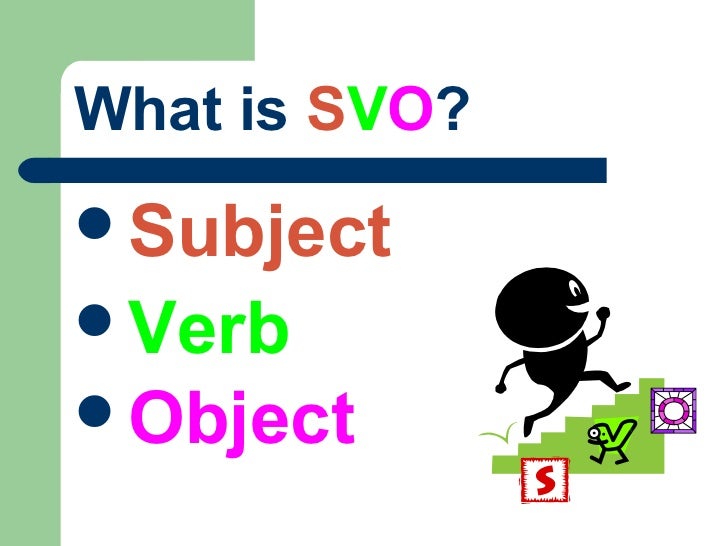
English grammar word order
In linguistic typology, subject-verb-object (SVO) is a sentence structure where the subject comes first, the verb second, and the object third. Languages may be classified according to the dominant sequence of these elements in unmarked sentences (i.e., sentences in which an unusual word order is not used for emphasis). English is included in this group. An example is "Sam ate oranges.
/building-wall-58f63c2a5f9b581d59e6eb1d.jpg)
Definition and Examples of SVO (SubjectVerbObject)
Polysynthetic Oligosynthetic Morphosyntactic Alignment Nominative-accusative Marked nominative Ergative-absolutive Split ergative Symmetrical voice Active-stative Tripartite Nominative-absolutive Direct-inverse Ditransitive/Monotransitive Secundative Indirective Zero-marking Dependent-marking Double-marking Head-marking Null-subject Syntactic pivot
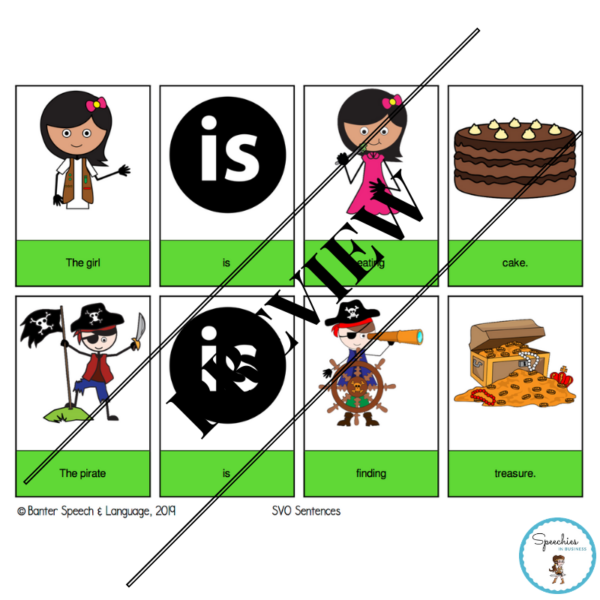
SubjectVerbObject (SVO) sentences Speechies in Business
There are languages that place the verb between the subject and the object (SVO order--Subject/ Verb/ Object) while others place it at the end of the trio (SOV order). The order of these elements.
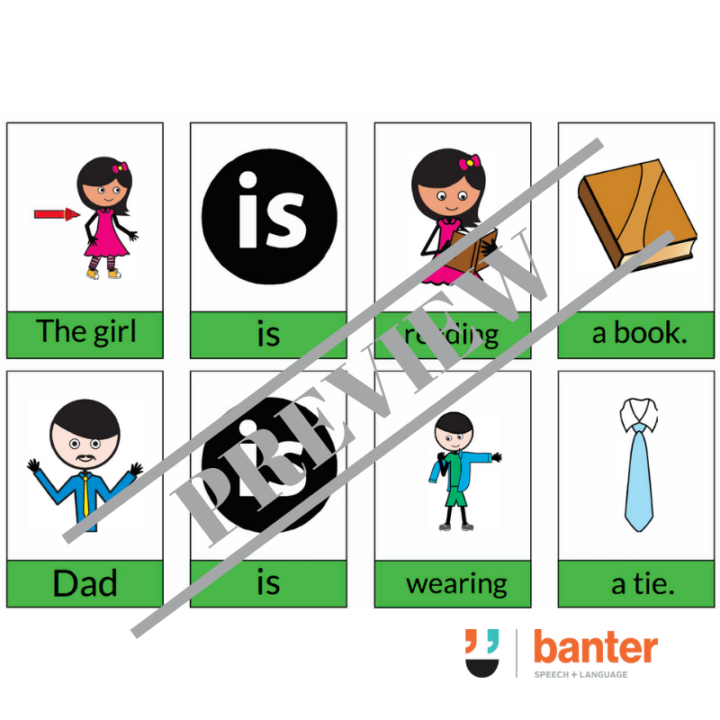
(L120) SubjectVerbObject (SVO) Sentence Builders Volume 2 Banter Speech & Language
English is an SVO (Subject, Verb, Object) word order language. This canonical SVO pattern is the default unmarked word-order configuration typical of English, which makes this language to be.

Subject Verb Object SVO pattern English Class with Mark Kulek ESL YouTube
Loved the video? Book a FREE Lido class here - https://bit.ly/3jj1JQiIn this video, we will learn about the Subject Verb Object Agreement.In linguistic typol.
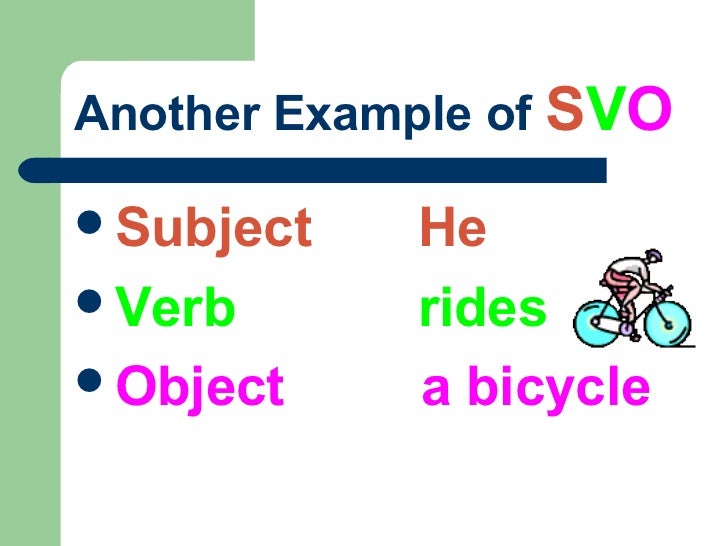
English grammar word order
Normal word order in English is subject-verb-object (SVO). Sometimes, however, the subject and verb are exchanged or inverted (VSO). This typically happens in questions and there is/are sentences. Be careful to identify the real subject. Where are the girls playing tennis? Here are my keys. There is a car outside. More about subject-verb.
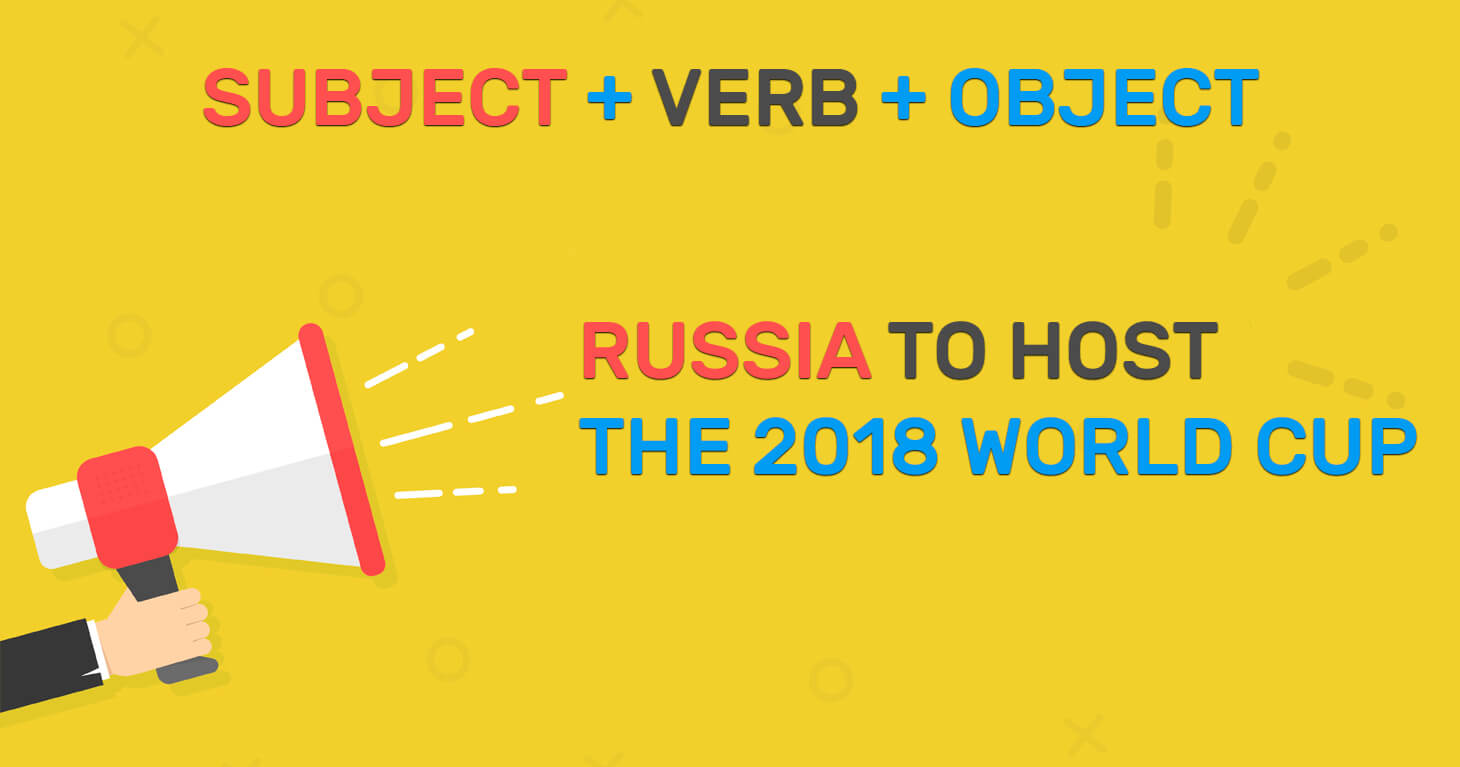
How To Create Catchy Titles And Headlines In 2019
Synthetic Fusional Agglutinative Polysynthetic Oligosynthetic Morphosyntactic Alignment Nominative-accusative Marked nominative Ergative-absolutive Split ergative Symmetrical voice Active-stative Tripartite Nominative-absolutive Direct-inverse Ditransitive/Monotransitive Secundative Indirective Zero-marking Dependent-marking Double-marking

SubjectVerbObject (SVO) Sentence Builders Banter Speech & Language
Subject-verb-object is the most common way to make sentences. I like chicken (subject = I; verb = like; object = chicken) Good writers, however, try not to use SVO too often, or find ways to improve it. Examples of SVO I go to the beach He will read the book The dog ate the cat Simple Ways to Improve SVO Easy ways to improve SVO include:
SVO (Subject Verb Object) الطائرة
Linguistic typology Morphological Analytic Isolating Synthetic Fusional Agglutinative Polysynthetic Oligosynthetic Morphosyntactic Alignment Nominative-accusative Marked nominative Ergative-absolutive Split ergative Symmetrical voice Active-stative Tripartite Nominative-absolutive Direct-inverse Ditransitive/Monotransitive Secundative Indirective

Subject Verb Object Examples
O. English is SVO (Subject-Verb-Object), because the subject the dog in (1) precedes the verb while the object the cat follows the verb. There are six logically possible orders of the three elements S, O, and V, as shown in the feature-value table. Values of Map 81A.

SVO and SVOA Sentences BUNDLE! (Boom™ Cards and Printables!) Subject and verb, Wh questions
The initialism SVO represents the essential word order of main and subordinate clauses in modern English: Subject + Verb + object. Compared with other languages, SVO word order in English (also known as canonical word order) is rigid. Non-canonical word organization can be found in English's selection of clause types. Examples and Observations

Subject + Verb + Object SVO pattern (English grammar practice) Learn English Mark Kulek
(February 2020) In linguistic typology, object-subject-verb ( OSV) or object-agent-verb ( OAV) is a classification of languages, based on whether the structure predominates in pragmatically neutral expressions. An example of this would be " Oranges Sam ate. " Unmarked word order Natural languages
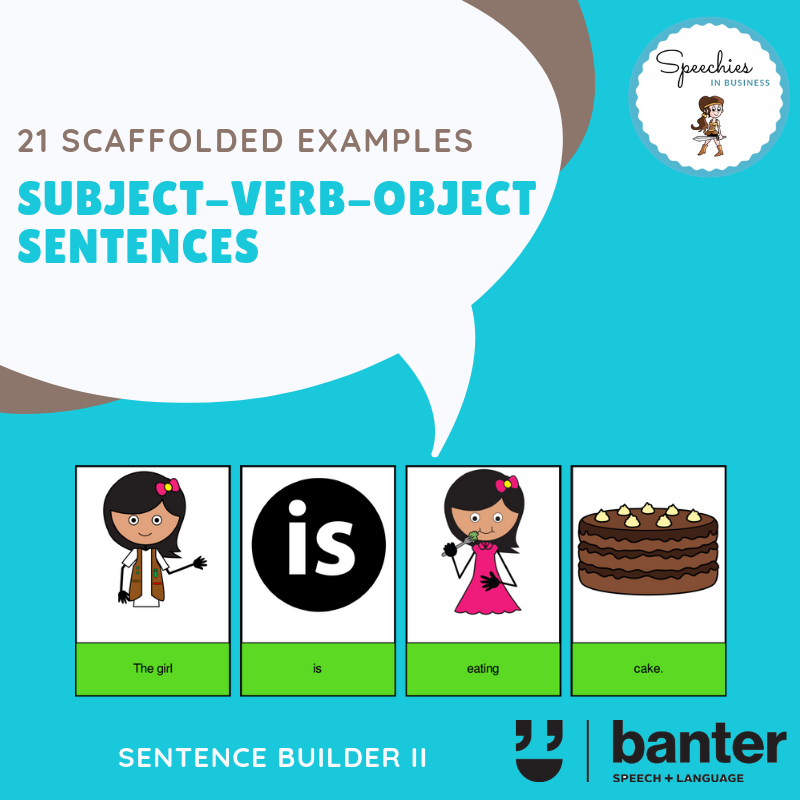
SubjectVerbObject (SVO) sentences Speechies in Business
Subject Verb Object When creating sentences, different languages follow particular word orders. This refers to the order of the subject, verb, and object in a sentence. The six main word orders (from most to least common) are as follows: Content verified by subject matter experts Free StudySmarter App with over 20 million students

Week 3 Svoio Msslal What is SVO? SVO stands for subject verb object. What does the term
Subject Object Verb (SOV). Verb Subject Object (VSO). The most frequent word orders are SVO and SOV because they allow for placement of the subject in the first position.

PPT Subjects, Verbs, & Direct Objects (SVO) PowerPoint Presentation ID6157273
Verb Subject Object Different languages across the world follow certain word orders when creating sentences. Word order refers to the order of the subject, verb, and object in a sentence. There are six main word orders, which are as follows (from most to least commonly used): Content verified by subject matter experts

Subject Verb Object Complement (SVOC) Sentences Banter Speech & Language
Given a corpus of sentences, is there a way to extract subject-verb-object triplets? What is the state-of-art in detecting SVO triplets? Stack Exchange Network. Stack Exchange network consists of 183 Q&A communities including Stack Overflow, the largest,.